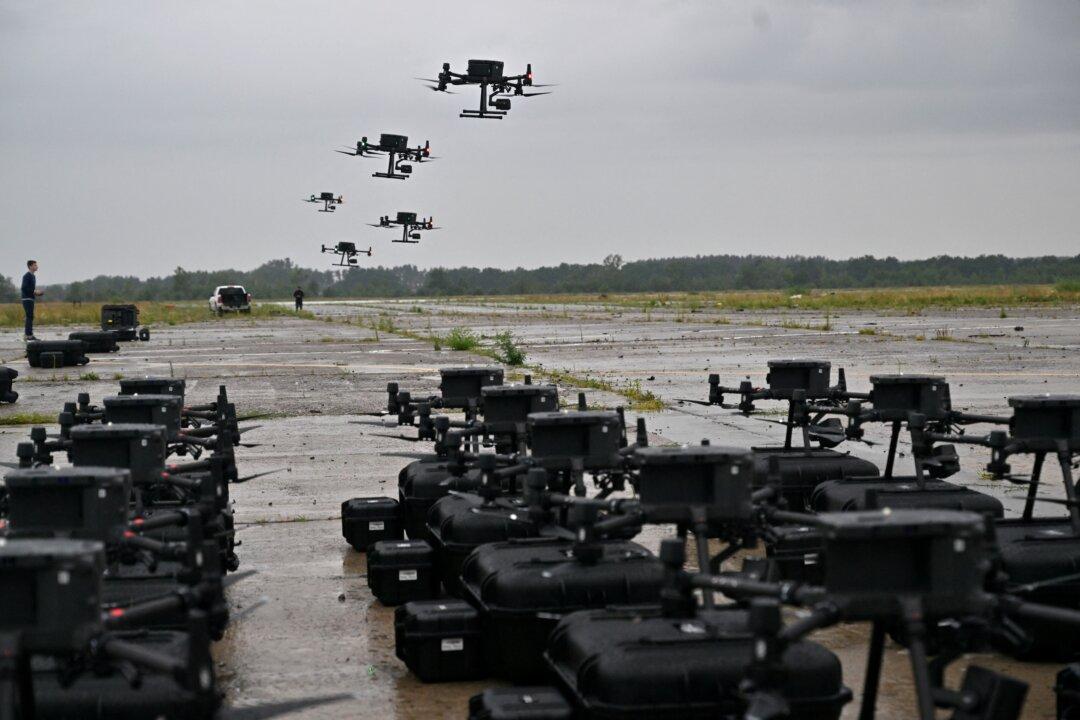Commentary
How soon will the United States deploy lethal autonomous robots alongside human soldiers? While the exact timeline is uncertain, this reality might be closer than we think.

How soon will the United States deploy lethal autonomous robots alongside human soldiers? While the exact timeline is uncertain, this reality might be closer than we think.